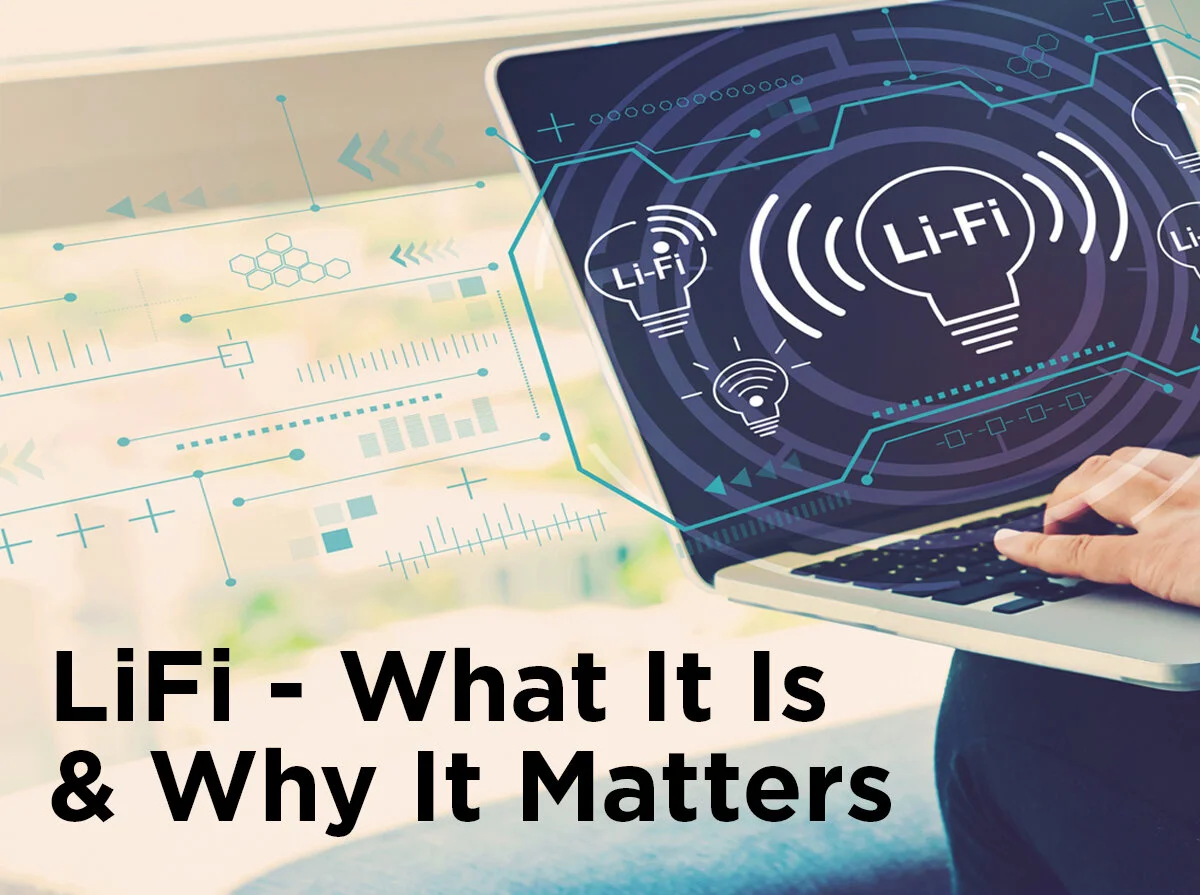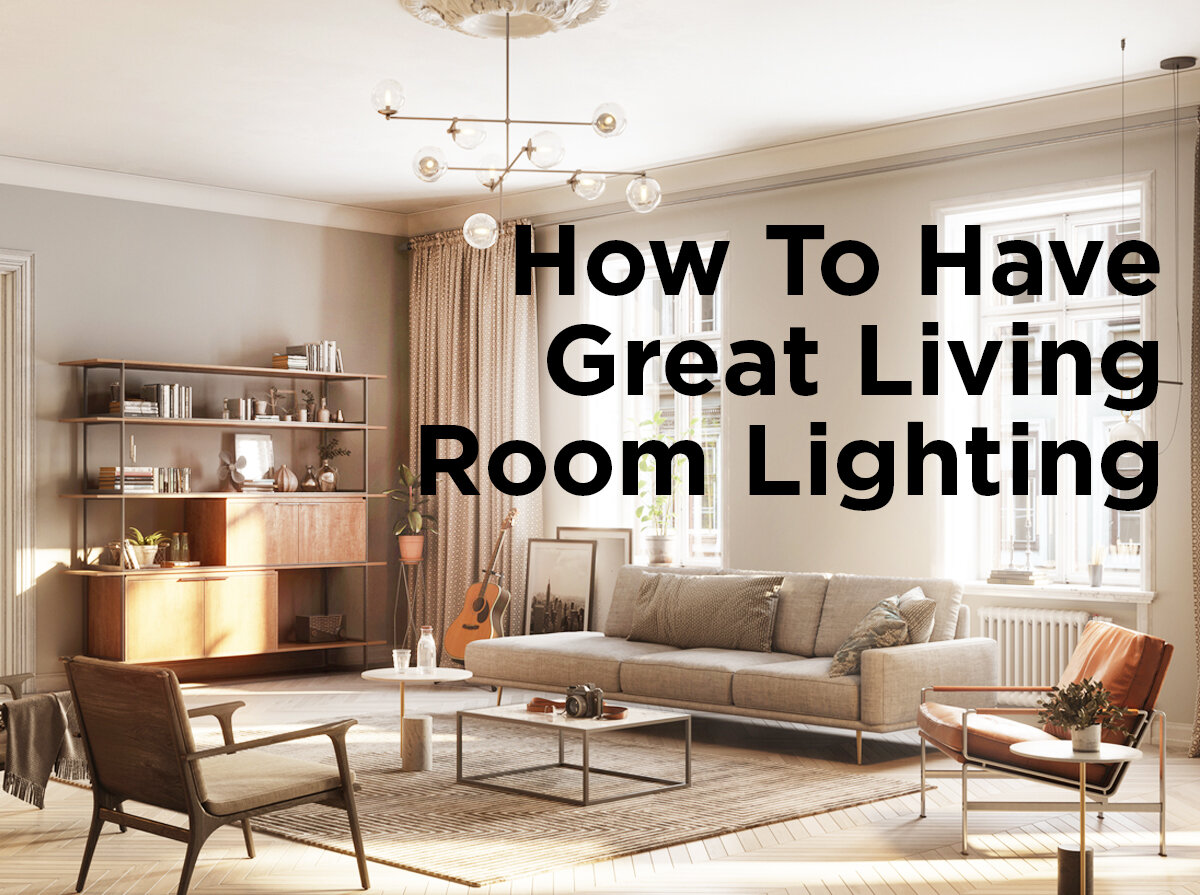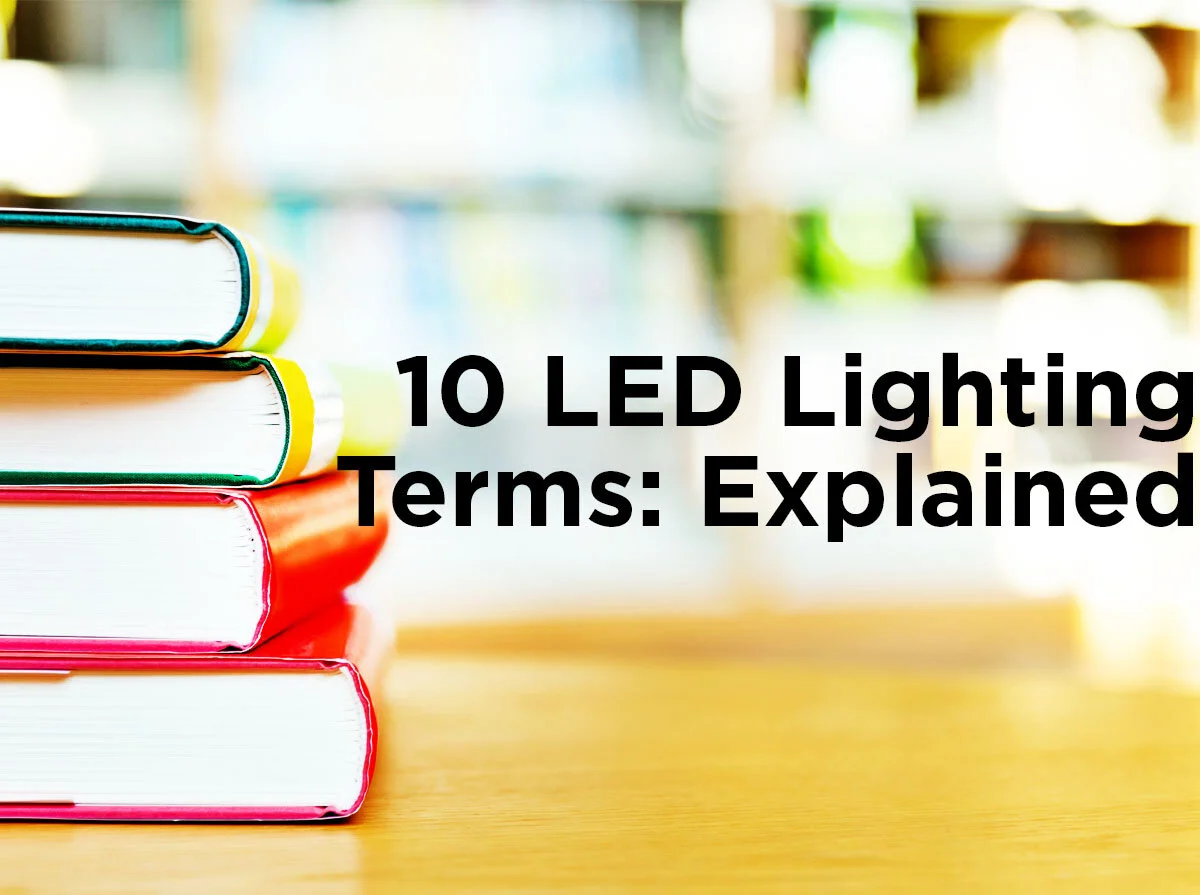Which is Better: HPS or LED Grow Light?
High pressure sodium and other discharge lamps have long been a mainstay of indoor hydroponics, but there are plenty of people promoting LED grow lights. HPS lamps are bright, warm, and carry the right spectrum of light for the growth stage of a plant. LED lamps are just as bright, run cold, and give amazing energy savings. HPS lamps are used extensively by home growers and have a fantastic support base within their own community, while LED lamps are being slowly adopted or used primarily by large groups like NASA for research on plants and gardening techniques. Is there a deciding factor on which type is better? That depends on what’s important to you, but maybe we can clear things up a bit to make your choice easier.
Growth
Many elements are involved for plant growth; nutrition, health, and light are all integral to vibrant and beautiful plants or fruitful harvests. While you should never neglect any of these, lighting is the most easily controlled factor in your plant’s life. As we discussed with differential control, photoperiodism (the cycle of day and night required to trigger flowering or growth) can regulate stalk height, flowering, and node spacing. Beyond that, you’ll find that HPS lamps are favored because they have the right PAR (photosynthetically active radiation) rating for plant health and growth. PAR – not the PAR bulb shape – quantifies the amount of radiation between 400 and 700 nm, the spectrum most beneficial to plants for photosynthesis.
HPS lamps emit a lot of light in the red spectrum, which improves the flowering stage, and more than average light in the blue spectrum, which is beneficial during the growth cycle of the plants. This is where LED lamps stand out. Since LED grow lights typically use three LED sources of different colors, they cover both ranges for growth and flowering extremely well. When purchasing a new grow lamp, considering the PAR wattage/lumens (the amount of light useable by the plant) is the best method of ensuring the highest yield.
Environment
Beyond PAR and cost, it is sometimes better to consider the environment of your plants when selecting between the two lamps. Regulating temperature for your plants is difficult, and with proper cooling, costs can become extremely expensive as the size of your grow space and your number of lamps increases. Powering the day/night cycle is pricey enough without having to add in central heating or cooling. Do you live in a cold climate, or plan to grow summer plants in the winter? HPS lamps generate a lot of heat. While they’re roughly 30% more efficient than an incandescent, much of the power going to an HPS lamp is still lost to heat. In the summer or in warm climates this is a serious problem since hot environments will damage your plants and dry them out quicker than normal. For HPS lamps, extra watering and special cooling is required to regulate the temperature, but that extra heat is excellent for keeping your plants warm in colder climates.
By comparison, LEDs are far more efficient – roughly 80% more efficient than incandescent lamps – with very little energy lost to heat. What heat is generated by the lamp comes from the LED driver, so virtually no heat is emitted with the light itself. This lack of heat gives you the option of only cooling the driver, which can save quite a bit of money over cooling an entire greenhouse. Then again, winter costs will increase if you need to run a heater throughout the winter to preserve your plants from cold damage. While central heating and cooling are major expenses, the initial setup and ongoing maintenance cost of the two different systems can make for a pretty strong deciding factor. The costs of heating and cooling are relative, not just to each type of lamp, but to the environment you’re growing in. For more direct numbers, look to the energy costs of each lamp. LED systems are 70% more efficient than equivalent HPS systems. For the sake of comparison, consider an LED grow light at 165 watts, compared to an equivalent 400-watt HID fixture. If you run 5 of these for 12 hours a day, after a year of use the HID lamps will cost roughly $900 while the LED fixtures were only $371 at $0.12 per kilowatt hour. This, coupled with the long lifespan of LEDs, is a common argument for their use. At an average of 50,000 hours before they begin to dim, LED grow lamps last for many seasons, more than enough to recoup the initial cost. However, it’s important to remember that HPS lamps are far cheaper initially, and come in modules that can be replaced. LED grow lamps, on the other hand, are usually a complete kit with few, if any, replaceable parts. HPS lamps have a hood, ballast, and lamp which can all be replaced separately. Careful attention to ballast and bulb care can also improve the lifespan of an HPS lamp. When it comes to cost, you have to consider what’s most important: Long- or short-term costs.
Cost
Side by Side of Complete LED and HPS grow light systems
At this point it’s easy to see why HPS and LED lamps are used where they are. Scientific groups and large farms have the upfront capitol to use LEDs without worry. The tests run by NASA are in places where temperature and high heat are an issue (objects in space get extremely hot when in direct sunlight, and cooling becomes problematic) while large farms require many lights and many replacements over time. Home growers often have smaller locations, fewer temperature concerns, and fewer overall lamps in need of ongoing maintenance. It really is up to you on which lamp suits your needs best. Yes LEDs give the most useable light, but are the environmental and price costs worth the difference to you? What do you think? Let us know in the comments, or send us examples of your own greenhouse or grow room through Facebook, Twitter, LinkedIn, Pinterest, or Instagram! As always, we’d love to hear back from you.








